Explore the Best AI Image Gallery
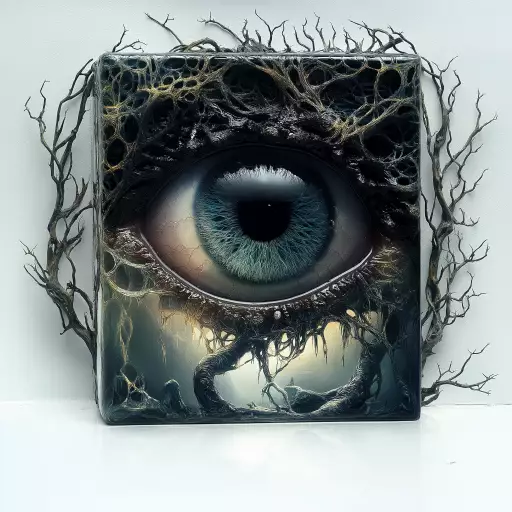
Beyond the Click: How AI is Transforming Product Photography
Product photography, the art of showcasing goods in their most appealing light, has always been a cornerstone of commerce. Traditionally, it relied heavily on skilled photographers, elaborate setups, and time-consuming post-production processes. However, the advent of artificial intelligence (AI) is ushering in a new era, one where machines are increasingly taking center stage, transforming the very landscape of product photography.
The Creative Canvas: AIs Artistic Touch
AI algorithms, trained on vast datasets of images, can now generate stunning product photographs with remarkable accuracy and detail. From manipulating lighting and backgrounds to adjusting textures and colors, AI tools empower photographers to explore creative possibilities that were once confined to imagination.
A Symphony of Automation: Streamlining the Workflow
AIs impact extends beyond just aesthetics. It streamlines the entire product photography workflow, saving time and resources. Automated image editing, background removal, and even 360-degree product views can now be achieved with a few clicks, freeing up photographers to focus on more conceptual aspects of their work.
Applications Across Industries:
- E-commerce: AI-powered product photography is revolutionizing online shopping by creating high-quality, visually appealing images that entice customers.
- Advertising and Marketing: Brands can leverage AI to generate dynamic product visuals for campaigns, social media, and print media, capturing attention and driving engagement.
- Real Estate: AI can enhance property listings with virtual staging and 3D walkthroughs, providing potential buyers with a realistic and immersive experience.
- Fashion and Apparel: From generating diverse product shots to creating personalized outfit suggestions, AI is transforming the way fashion brands showcase their collections.
Navigating the Ethical Landscape
As with any powerful technology, the use of AI in product photography raises ethical considerations. Transparency and authenticity are paramount. Consumers should be informed when images have been manipulated by AI, and brands should avoid using AI to create misleading or deceptive representations.Moreover, theres a need to ensure that AI algorithms are trained on diverse datasets to avoid perpetuating biases and promoting unrealistic beauty standards.
The Future of Product Photography: A Collaborative Vision
The future of product photography lies in a harmonious collaboration between human creativity and AI technology. While AI will undoubtedly automate tasks and enhance efficiency, the human touch remains essential for artistic vision, conceptual storytelling, and capturing the essence of a product.
We can expect to see:
- Hyper-Personalization: AI will enable brands to create tailored product visuals based on individual customer preferences and demographics.
- Immersive Experiences: Augmented reality (AR) and virtual reality (VR) will integrate with AI-powered photography, allowing consumers to interact with products in virtual environments.
- Sustainable Practices: AI can optimize product photography workflows, reducing waste and energy consumption.
Conclusion
AI is transforming product photography, empowering brands to create stunning visuals, streamline workflows, and connect with consumers on a deeper level. By embracing ethical considerations and fostering collaboration between humans and machines, we can unlock the full potential of this technology, ushering in a new era of creativity and innovation in the visual storytelling of products.


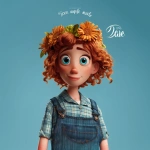
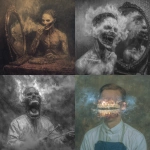


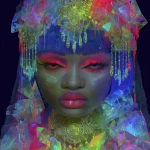

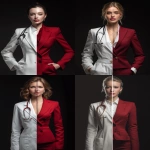
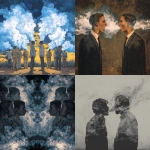


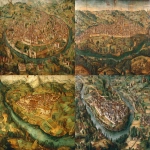

](https://images.ai-img.art/thumbnails/150/26c16e4f635deee86633de398088ca98d9bb748d6e7601436b07e882fab236cb.webp)
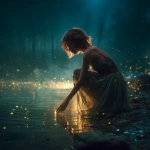
](https://images.ai-img.art/thumbnails/150/60973df1d727dbbf8e6922b7e4836814ab6012106eb9dcfe99aea7aec15f3710.webp)
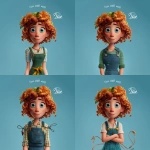





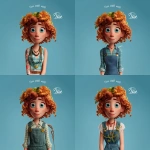
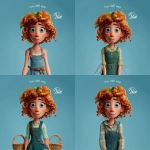
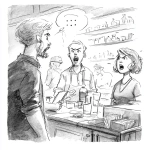

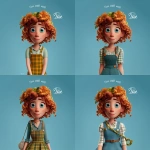
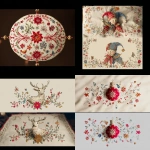
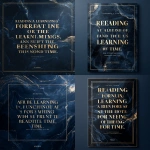
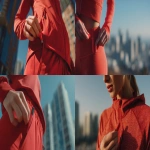
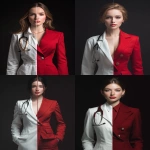
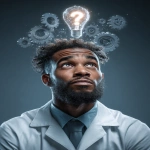
](https://images.ai-img.art/thumbnails/150/655229c40961cb7ff5abd4b4190e02c94ea1a961106e7547a562649c945268be.webp)
](https://images.ai-img.art/thumbnails/150/e6a179db327f0374ec327d0fdab48ac1f2dc47123eed103b0a41ed346280d07d.webp)
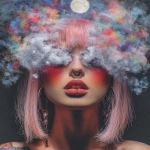
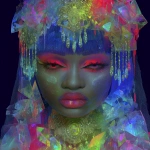
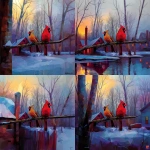
](https://images.ai-img.art/thumbnails/150/184b4b030e30be0a6d51b544226cb4cf2271977814d935d3aaa2b7529355b3b7.webp)
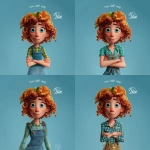

](https://images.ai-img.art/thumbnails/150/6c909fd6d38caac6572b592dd97831deb7d6562bba142798574677582676dfc1.webp)

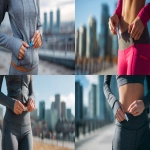
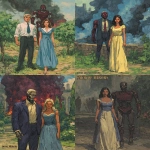

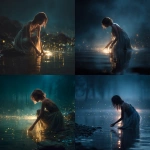
](https://images.ai-img.art/thumbnails/150/1202074d0d60b08b64d0f91f36468608aaac200a02b721cc8e6d8ec8a908432c.webp)

